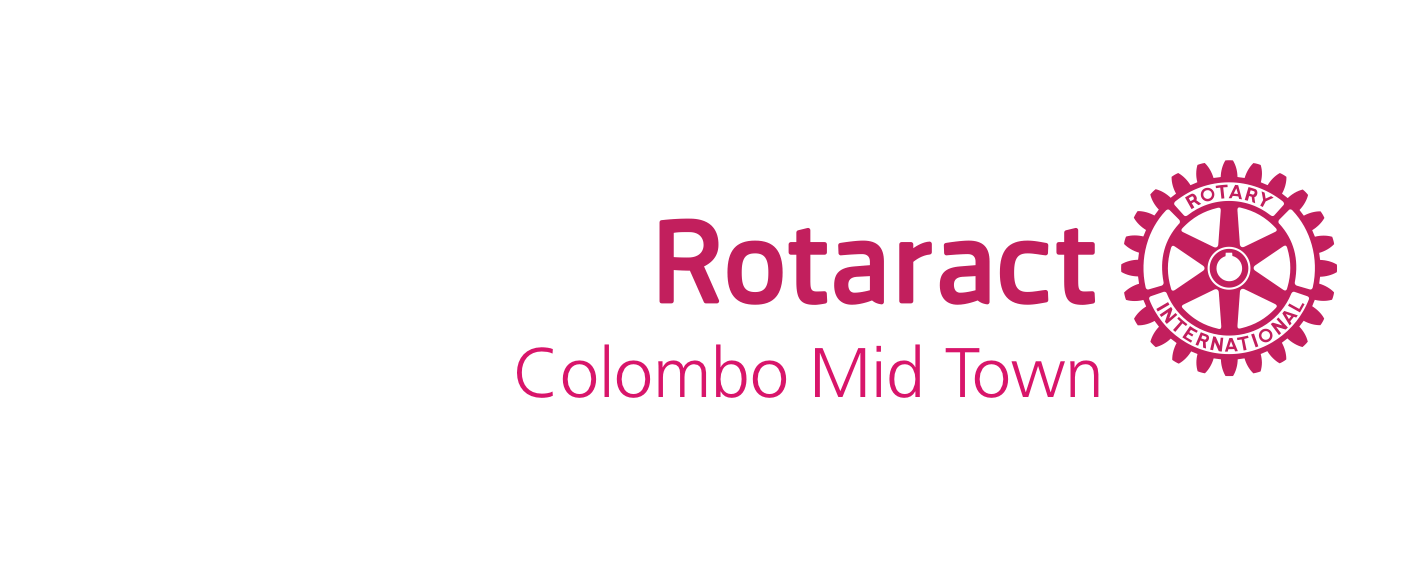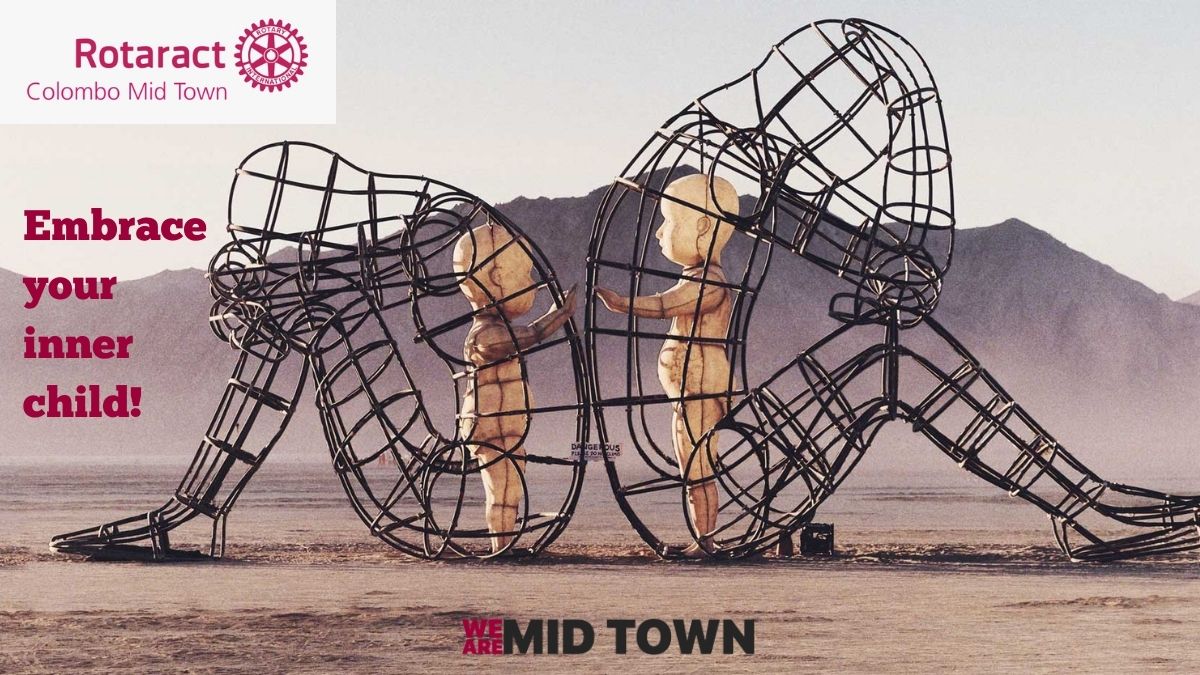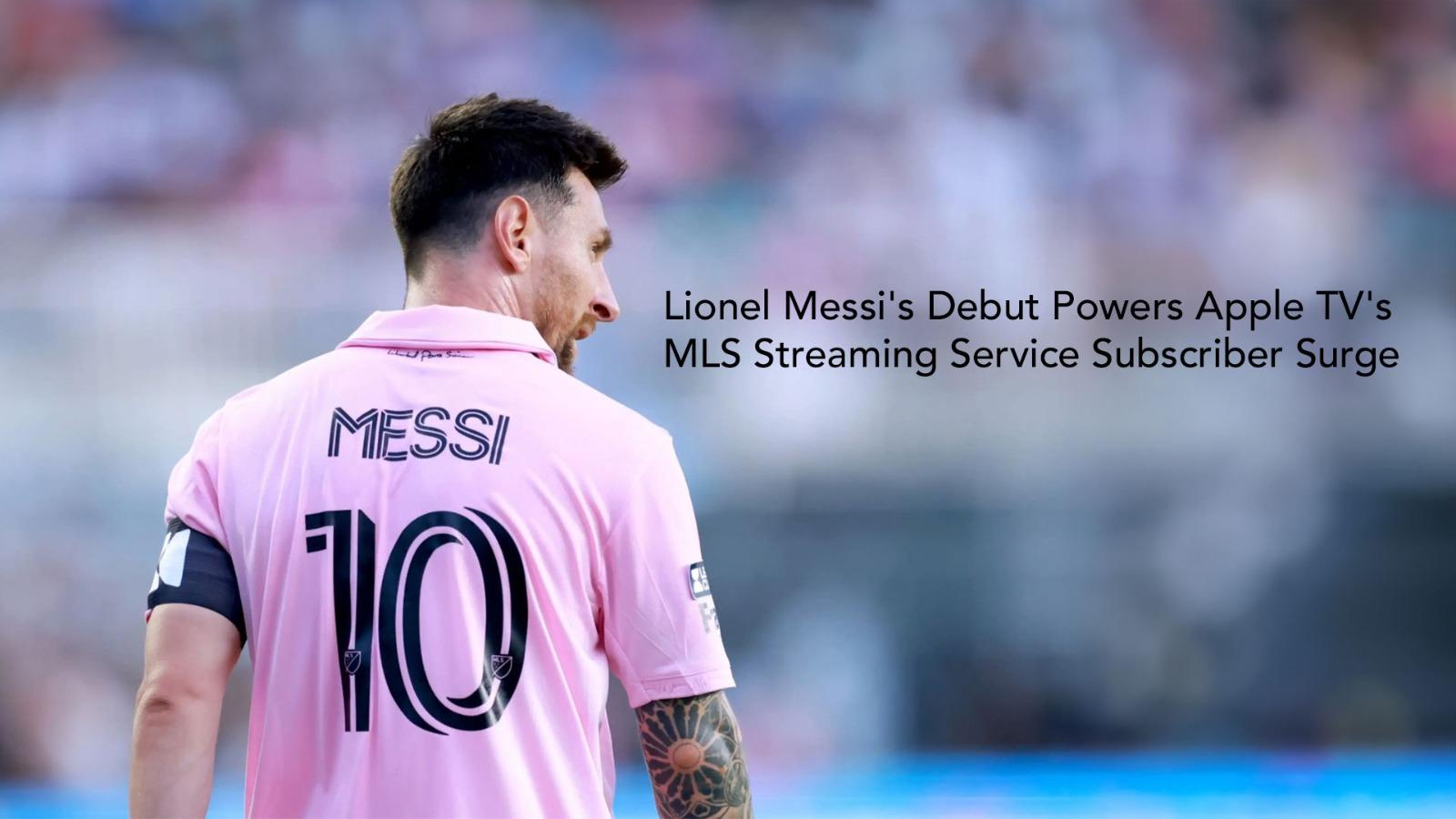Have you ever thought about why you can’t move forward? Have you ever wondered why you sabotage yourself? Have you ever questioned why you so easily feel anxious, depressed and self-critical?
Everyone has “a kid within” them that reflects their past, sometimes, this means that the pain you experience when you’re young can continue as you get older.
As you read the definition of “the kid within” you may wonder whether there lives a “little version” of you inside you, well figuratively speaking yes, your “inner child” lives in your unconscious mind and influences on how you make choices, respond to challenges and live your life.
If you do “inner child work” by connecting to the little boy/girl within you, you can reconnect with some of the reasons for your adult phobias, when you begin to understand them,then magic, healing and transformation can occur.
The first step is to acknowledge that your inner child is still there, it exists inside of you and it deserves to be taken care of.
When pondering how the “inner child” gets wounded, perhaps members of your family loved you deeply and showed it often, even so, a traumatic event might have made you doubt their love for you when you were a child. On the other hand, if your caregivers and other important people rarely showed their care for you, or if they met tangible needs but were emotionally distant, you may have grown up feeling unheard, unloved or perhaps unlovable, or childhood trauma can also take different forms like bullying, natural disasters, financial turbulence etc.
A key component of healing “the kid within” is to take responsibility of healing. You won’t always be able to get an apology from those involved in your childhood experience or trauma, they may not be able to help now, and even if they can, they may not be willing to help. Regardless, you still deserve to heal, you might not be able to get closure from others, but you can take responsibility for your healing.
The first step to healing yourself is to identify the source that causes the pain. For some, childhood pain patterns and responses comes from an identifiable source, ex: abuse, for others however the source maybe less clear-cut, it can be a series of micro-trauma that lead to developing certain patterns and feelings you would have as an adult.
Regardless of what caused your childhood pain (no matter big or small), your “kid within” is still likely to feel the effects, as an adult now, its up to you to show your “kid within” the compassion that you needed as a child. One way to tune into this is to imagine the situation from the “kid within’s” perspective. At the same time, it can be painful, going back to your childhood to remember painful memories can elicit strong emotions.
Reparenting can help you heal in a major way, i.e: looking into the needs of your “inner child” (the little you) as a parent (the adult you) and then proceed to attend to those needs, if it’s a hug, hug yourself! If it’s validation, validate yourself!
When it comes to childhood trauma, reparenting, and general inner child work, it’s important to remember that it’s a process, a childhood therapist or counsellor can help you meet your goals, and improve your “inner child” and quality of life.
With all these in mind, it’s no surprise that “inner child work” can help you lead a healthier, happier and more confident life. It can help you take your power back from adverse child experiences and be the person you want to be.
Written by

Rtr. Zuhura Ibrahim
Member



